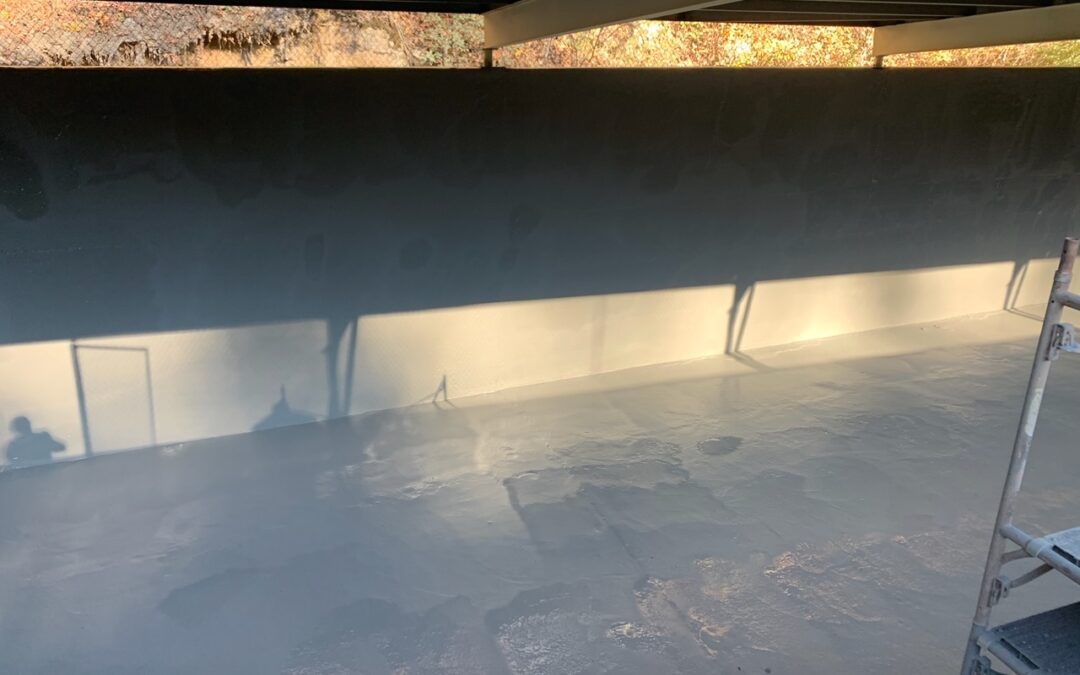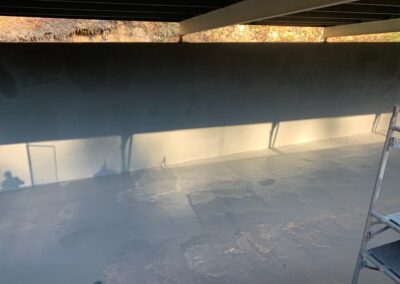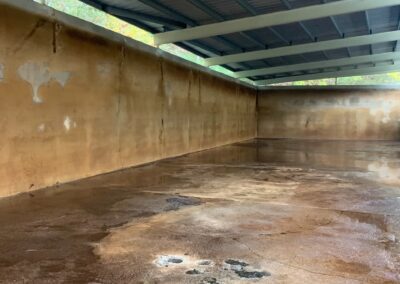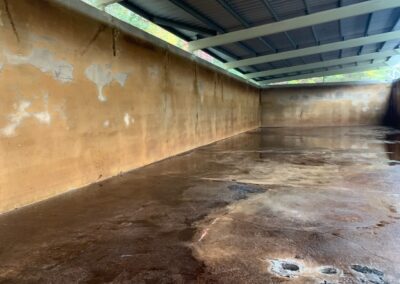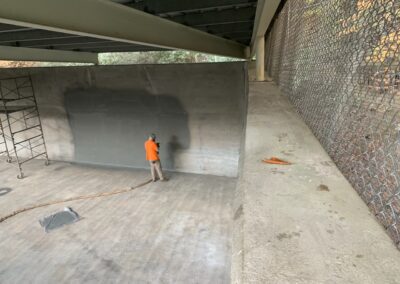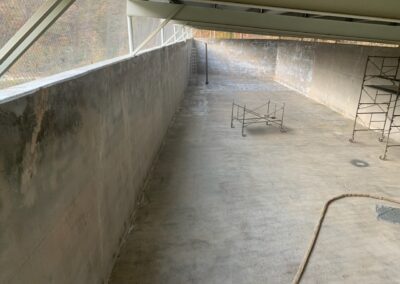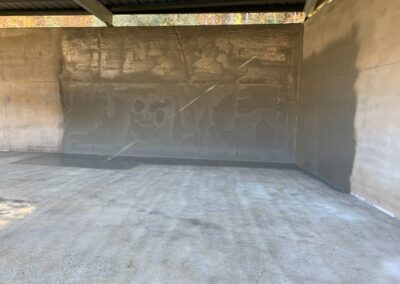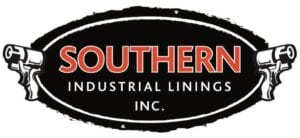In this post, we take a look at Potable Water Containment
1. Standards set by governing bodies
2. Approval by the NSF National Sanitation Foundation and other sanctioning bodies
3. Leak Detection
4. Products to fix Potable Water Leaks
5. Testing and Preventative Measures
6. Overview and images of our recent Potable Water work completed for the city of Welch, West Virginia
Let’s Dive In!
Fixing leaking commercial or industrial potable water containment structures requires a systematic and effective approach.
We all know the strict standards set by the National Sanitation Foundation provide for the reduction of adverse effects from products that come in contact with potable water.
Structures such as water treatment plants, water containment structures, and other related structures should be serviced and repaired with approved products that are considered safe in contact with potable water and will not leach contaminants into the drinking water that can cause health effects and regulatory problems.
The National Sanitation Foundation (NSF) is an independent agency for public health standards and certification programs to protect food, water, and the environment. The American National Standards Institute (ANSI) is a private non-profit organization that oversees the development of consensus standards for products, services, processes, and systems in the United States.
Certification to NSF/ANSI/CAN 61 ensures that the product meets the regulatory requirements for the U.S. and Canada, and for other countries that adopt the standards.
NSF/ANSI/CAN 61 testing is for products with drinking water contact. Test certification determines that contaminants are below the maximum levels allowed to be considered safe. Products are subjected to rigorous testing to receive NSF approval.
Here are the steps to address such leaks:
Leak detection: The first step is to identify the source and location of the leak. This can be achieved through visual inspection, pressure testing, or by using advanced leak detection technologies like acoustic sensors or infrared cameras.
Drain and isolate: Safely drain the water from the affected area to create a dry workspace. Isolate the leaking section to prevent further water damage.
Assess the damage: Evaluate the severity of the leak and the condition of the containment structure. This assessment will help determine the appropriate repair method.
Select the repair method: The repair method will depend on the type and extent of the leak, as well as the construction material of the structure. Some common repair methods include:
Epoxy injection: Suitable for smaller cracks and leaks, epoxy resin is injected into the cracks to seal them.
Sealants: Specialized sealants and waterproof coatings can be applied to the affected area to create a water-tight barrier.
Welding: For metal containment structures, welding can be used to repair leaks in joints and seams.
Liner replacement: If the structure has a lining, and the lining is damaged, it may need replacement.
Now its time to:
Implement the repair: Follow the manufacturer’s guidelines or consult with experts to carry out the selected repair method accurately. Use appropriate equipment and ensure that safety protocols are followed during the repair process.
Test and monitor: After the repair is completed, perform tests to verify that the leak has been successfully fixed. Pressure tests and leak monitoring can help confirm that the containment structure is watertight.
Preventative measures: Implement a regular maintenance plan to inspect and monitor the containment structure for signs of potential leaks. Promptly address any issues that arise to prevent more significant problems in the future.
Here is an overview of the recent work we completed to include photos in this post.
Project owner: City of Welch, WV
Project size: 500,000 gal. Potable Water storage tank
Project objectives: Prep and lining an older concrete basin that has serious leaks to achieve a watertight tank for the storage of fresh water.
Procedure: Dry abrasive blasting of concrete to clean and prep concrete for coating installation.
-Clean up all spent media from blasting
-Wash down of concrete after the abrasive blast to remove any dust.
-Priming of concrete with concrete primer. Spraying of entire basin and over top of walls with 125 mil of Polyurea coating with an NSF61 rating.
Job time frame: 8 days
Challenges: The tank was hanging off the side of a hill, with a limited staging area. It was late in year (low temp) so couldn’t take a long time.
Have a Potable Water Concern? We are here to help! Just contact us to tell us more at this link https://southernindustriallinings.com/contact-us/
About Us: Southern Industrial Linings has been providing powerful and industry-leading polyurethane polymer systems for professional and painless waterproofing procedures for over two decades. We are based outside of Atlanta, Georgia in the community of Ranger serving the entire United States.

